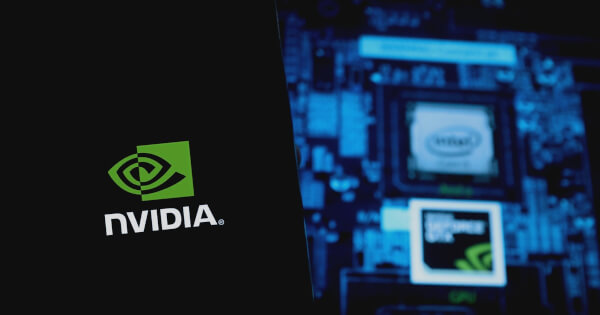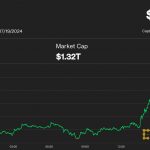James Ding Jul 20, 2024 04:04
NVIDIA’s GPUs play a crucial role in groundbreaking quantum computing research, focusing on quantum annealing and optimization problems.
Groundbreaking research underscores NVIDIA’s pivotal role in advancing quantum computing, as revealed in a recent study published in the journal Nature. The study, led by Nobel laureate Giorgio Parisi, utilized NVIDIA-powered supercomputers to validate a pathway toward the commercialization of quantum computing, specifically focusing on quantum annealing.
Quantum Annealing and Optimization Problems
The research team employed a vast array of computational resources, including 2 million GPU computing hours at the Leonardo facility in Bologna, Italy, 160,000 GPU hours on the Meluxina-GPU cluster in Luxembourg, and 10,000 GPU hours from the Spanish Supercomputing Network. They also accessed the Dariah cluster in Lecce, Italy, to simulate the behavior of quantum annealers—a type of quantum computer designed to solve complex optimization problems.
Unlike classical computers that process information in binary (0s and 1s), quantum computers use quantum bits or qubits, allowing information to be processed in entirely new ways. Quantum annealers, though not universally useful, may offer advantages for solving specific types of optimization problems.
Key Findings and Implications
The paper titled “The Quantum Transition of the Two-Dimensional Ising Spin Glass” explores the phase transition of Ising spin glass—a disordered magnetic material in a two-dimensional plane. This significant step forward enhances the understanding of how the properties of magnetic particles in such a plane can abruptly change.
GPU-accelerated simulations were crucial in this study, enabling researchers to delve into the behavior of complex systems and develop approaches to quantum computing. Quantum annealers, like those developed by D-Wave, operate by gradually reducing a magnetic field applied to magnetically susceptible particles. If varied slowly enough, these particles arrange themselves to minimize the energy of the final configuration, solving the encoded problem.
Applications and Future Prospects
Understanding these systems helps scientists develop better algorithms for tackling difficult problems by mimicking natural processes. This is essential for advancing quantum annealing and its applications in fields like logistics, cryptography, vehicle routing, portfolio optimization, and protein folding.
Unlike gate-model quantum computers, which apply a sequence of quantum gates, quantum annealers allow a quantum system to evolve freely over time. While not a universal computer, quantum annealers may offer significant advantages for specific optimization problems.
The extensive simulations performed on NVIDIA GPUs provided insights into the key parameters of spin glasses in quantum annealers, enhancing the understanding of achieving quantum speedup on critical problems. Much of this groundbreaking work was first presented at NVIDIA’s GTC 2024 technology conference.
For more details, read the full paper and explore NVIDIA’s work in quantum computing.
Image source: Shutterstock


